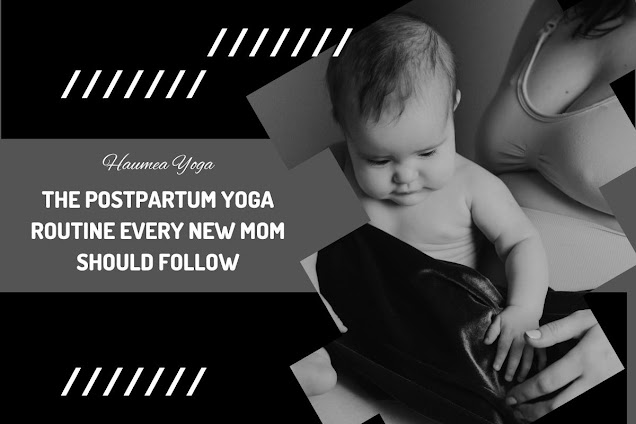How Prenatal Yoga Helps Relieve Back Pain, Sciatica, and Pelvic Discomfort
Pregnancy is a beautiful journey, but it also brings physical changes that can lead to back pain, sciatic nerve discomfort, and pressure around the pelvis. As the belly grows and the body shifts to support it, muscles work harder, posture changes, and nerves can become compressed. Prenatal yoga offers gentle, supportive movements that help release tension, improve alignment, and create more comfort in the body throughout pregnancy. Many mothers search for pregnancy yoga classes near me to find guided support in learning these gentle, relieving movements.
Prenatal yoga focuses on slow stretching, mindful breathing, and postures that are safe for the changing body. These movements help relax tight areas like the lower back and hips while strengthening the muscles that support the spine. For many women, this combination reduces daily pain and improves overall mobility. Yoga also encourages better circulation, which helps decrease swelling and stiffness around the hips and pelvic region.
Similar Link: The Benefits of Prenatal Yoga for Beginners
One of the most common discomforts during pregnancy is sciatica, which happens when the growing uterus puts pressure on the sciatic nerve. Specific prenatal yoga poses—such as gentle hip openers, modified pigeon pose, and supported forward folds—help create space around the hips and reduce nerve compression. This can bring significant relief and make walking, sitting, and sleeping more comfortable.
In addition to addressing physical pain, prenatal yoga also supports emotional well-being. Deep breathing techniques help calm the nervous system, reduce stress hormones, and bring a grounding sense of peace. This not only supports the mother but also benefits the baby by creating a more relaxed environment for growth and bonding.
Safe & Helpful Prenatal Yoga Tips
-
Always move slowly and listen to your body.
-
Avoid lying on the back for long periods after the first trimester.
-
Use props like bolsters, pillows, or blocks for added support.
-
Stop any posture that causes pain or strain.
-
Practice with a trained prenatal yoga instructor when possible.
Helpful Prenatal Yoga Poses
| Pose | Helps With | Description |
|---|---|---|
| Cat-Cow | Back Pain | Gently mobilizes the spine and reduces stiffness. |
| Child’s Pose | Pelvic Tension | Relaxes hips and encourages deep breathing. |
| Supported Pigeon | Sciatica | Opens the hip muscles around the sciatic nerve. |
| Side-Lying Stretch | Pelvic Pressure | Creates space in the lower body and eases nerve discomfort. |
Conclusion
Prenatal yoga is a safe, nurturing way to support the body and mind during pregnancy. Practicing even a few minutes each day can ease back pain, relieve sciatic discomfort, and reduce pressure in the pelvic region. Most importantly, it allows mothers-to-be to slow down, connect with their changing bodies, and prepare for childbirth with confidence and calm.




Comments
Post a Comment